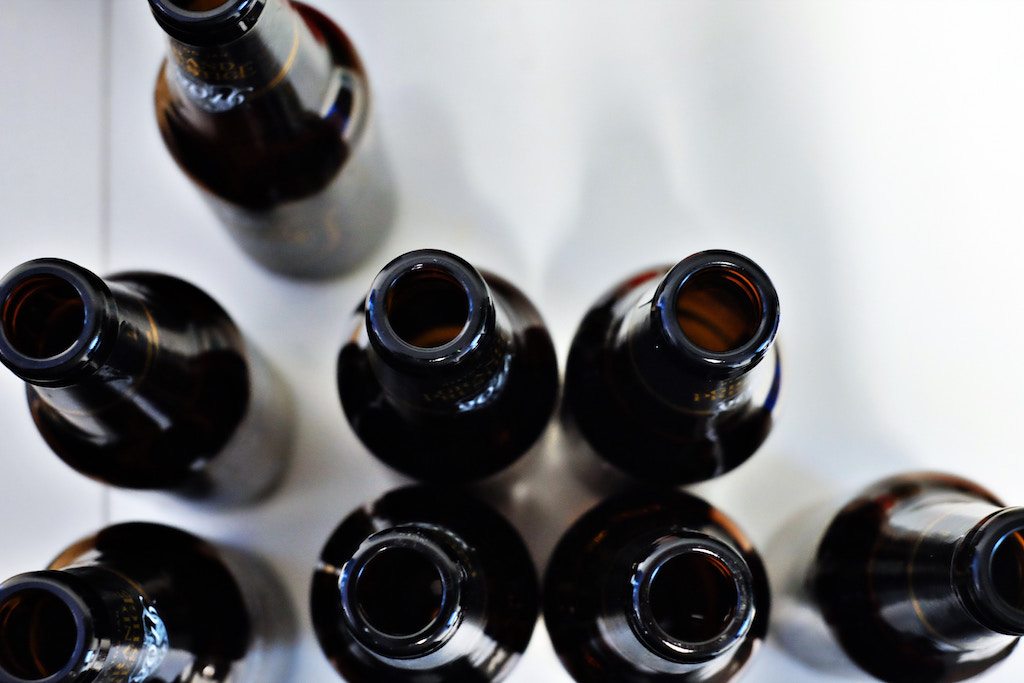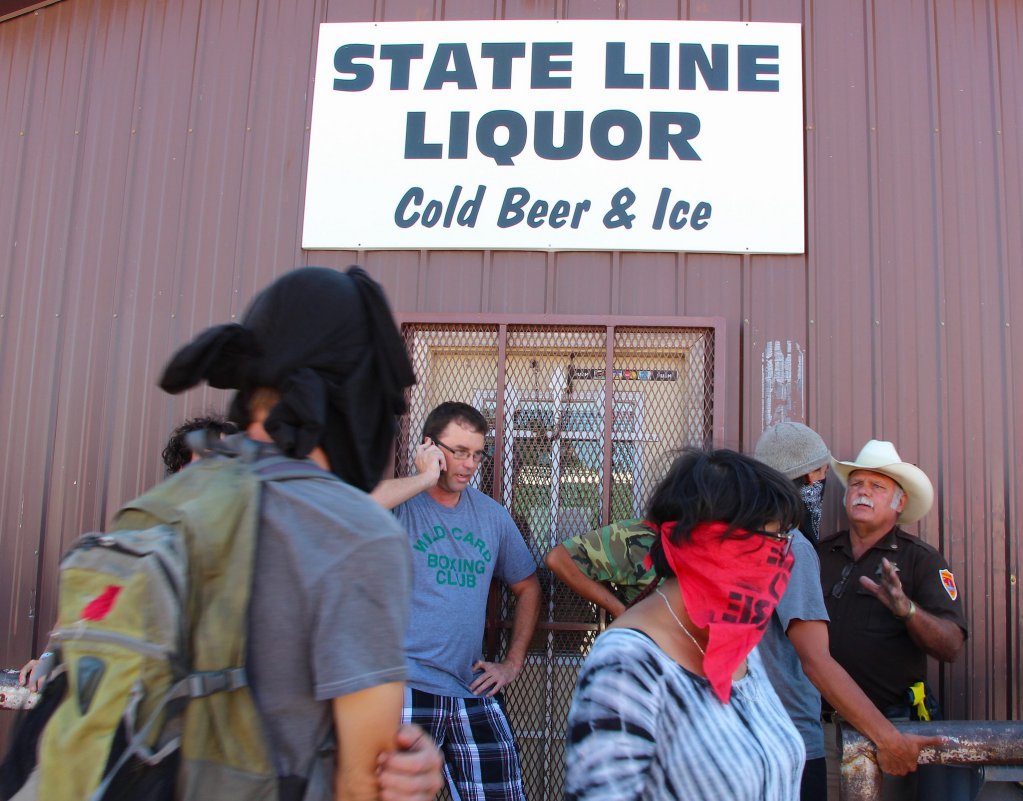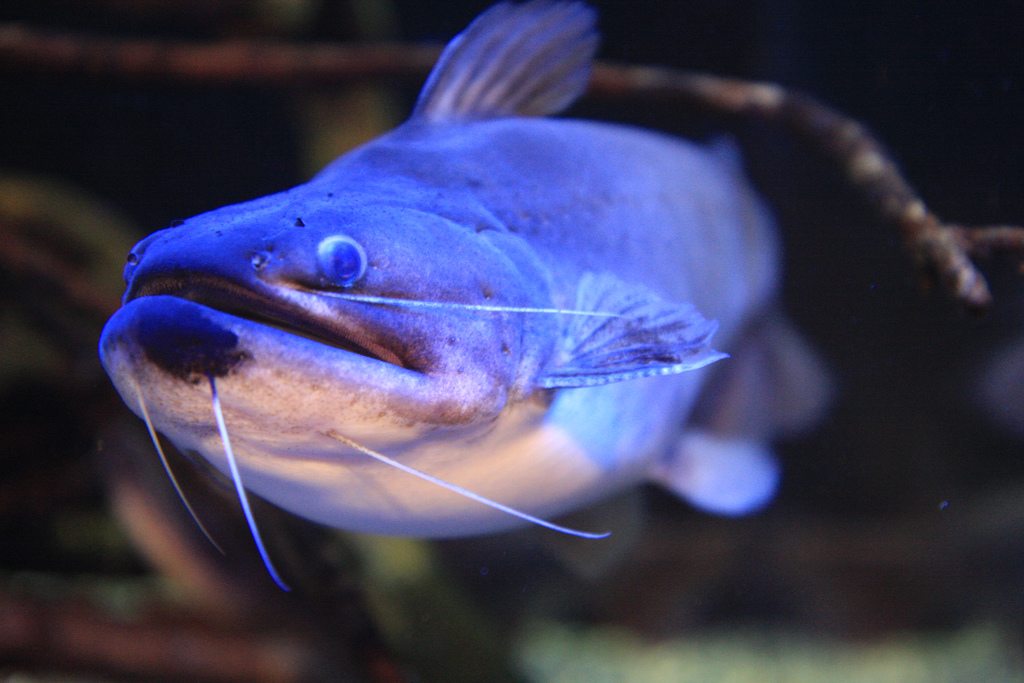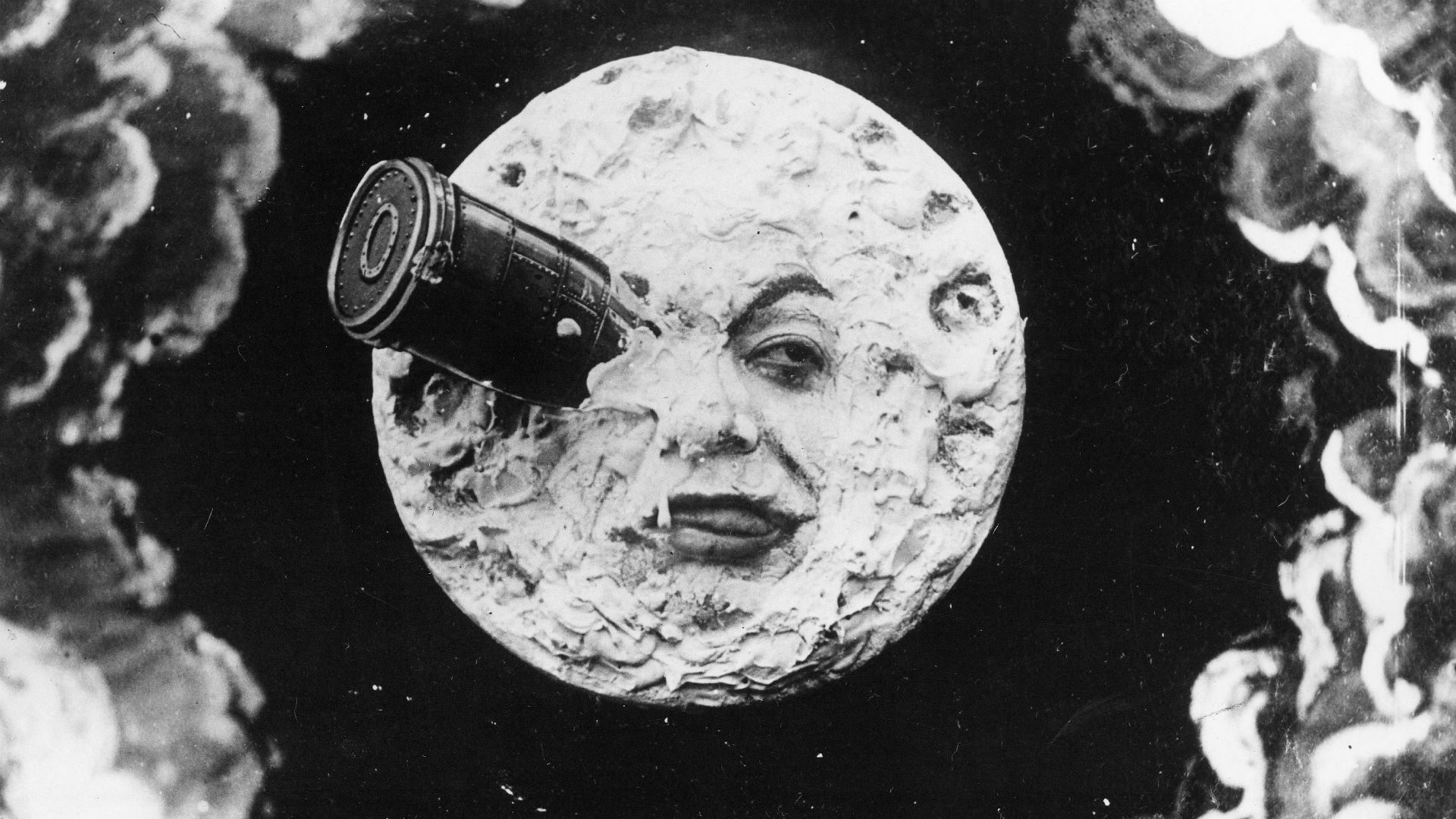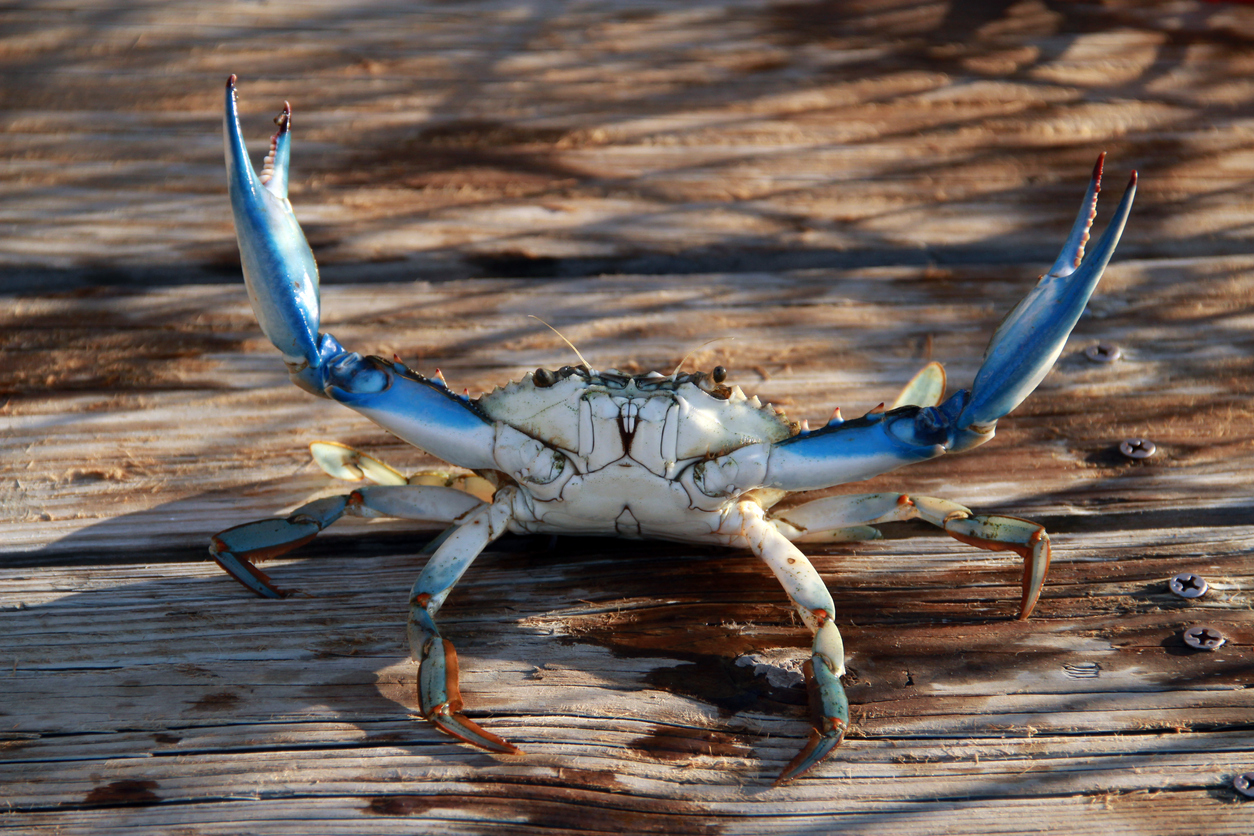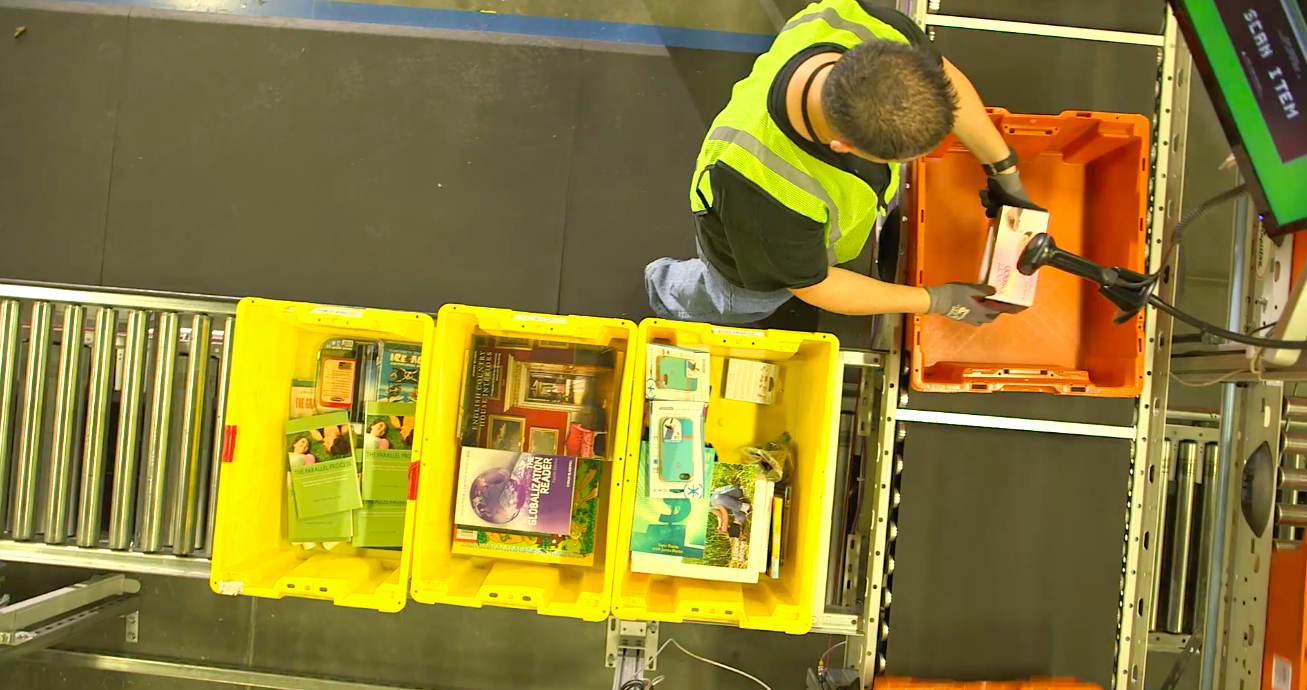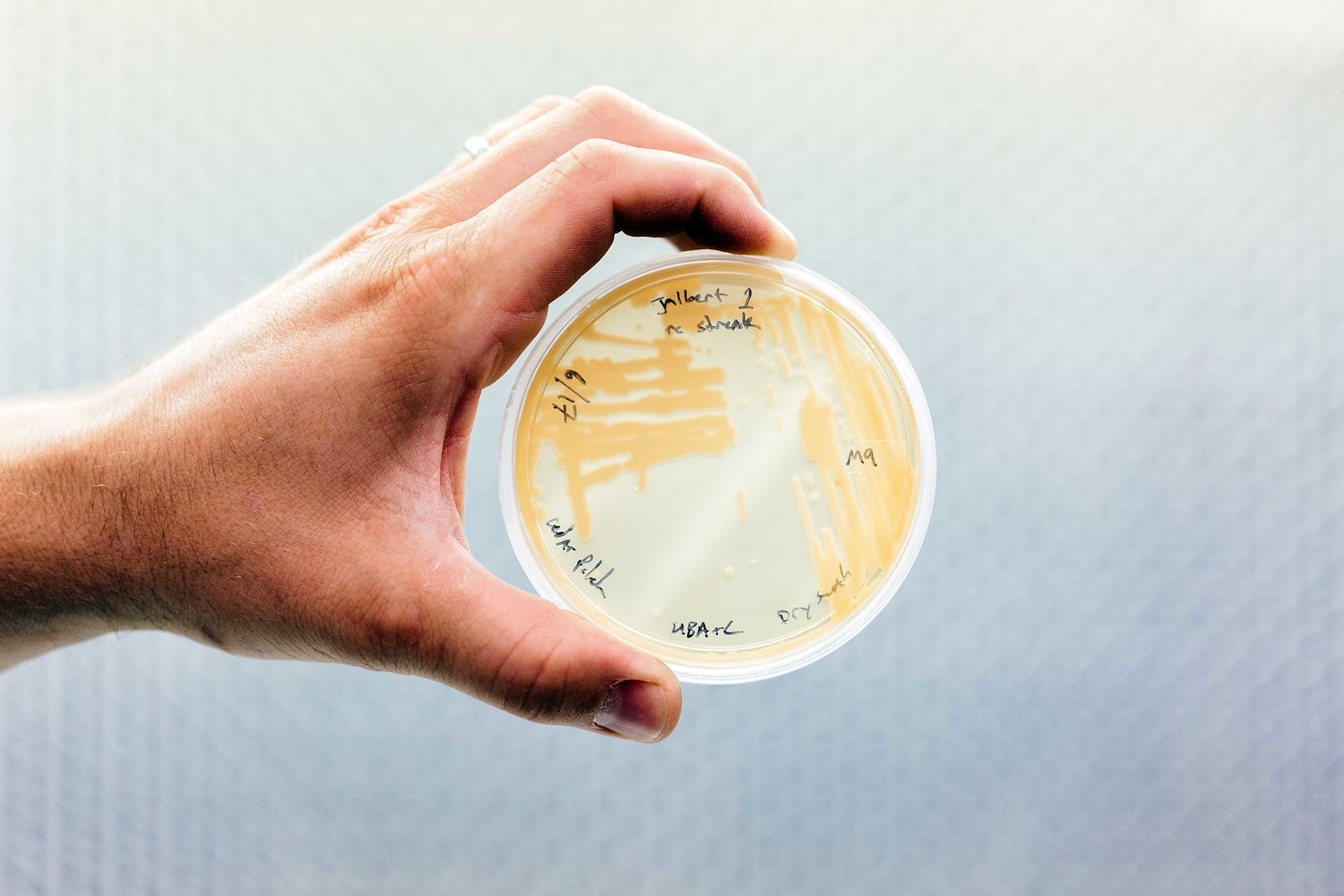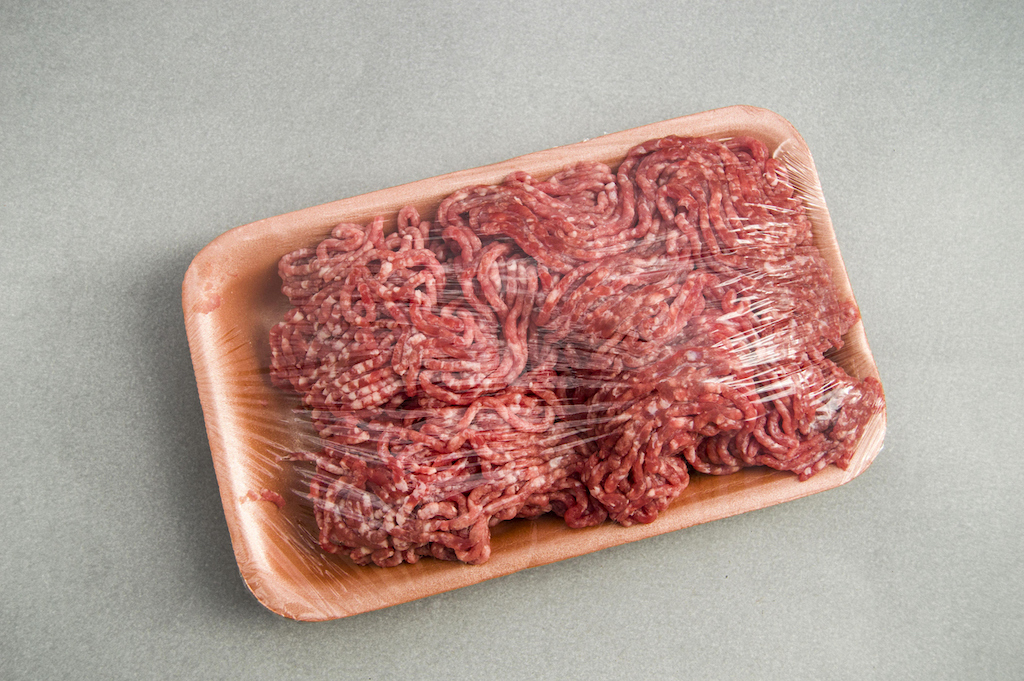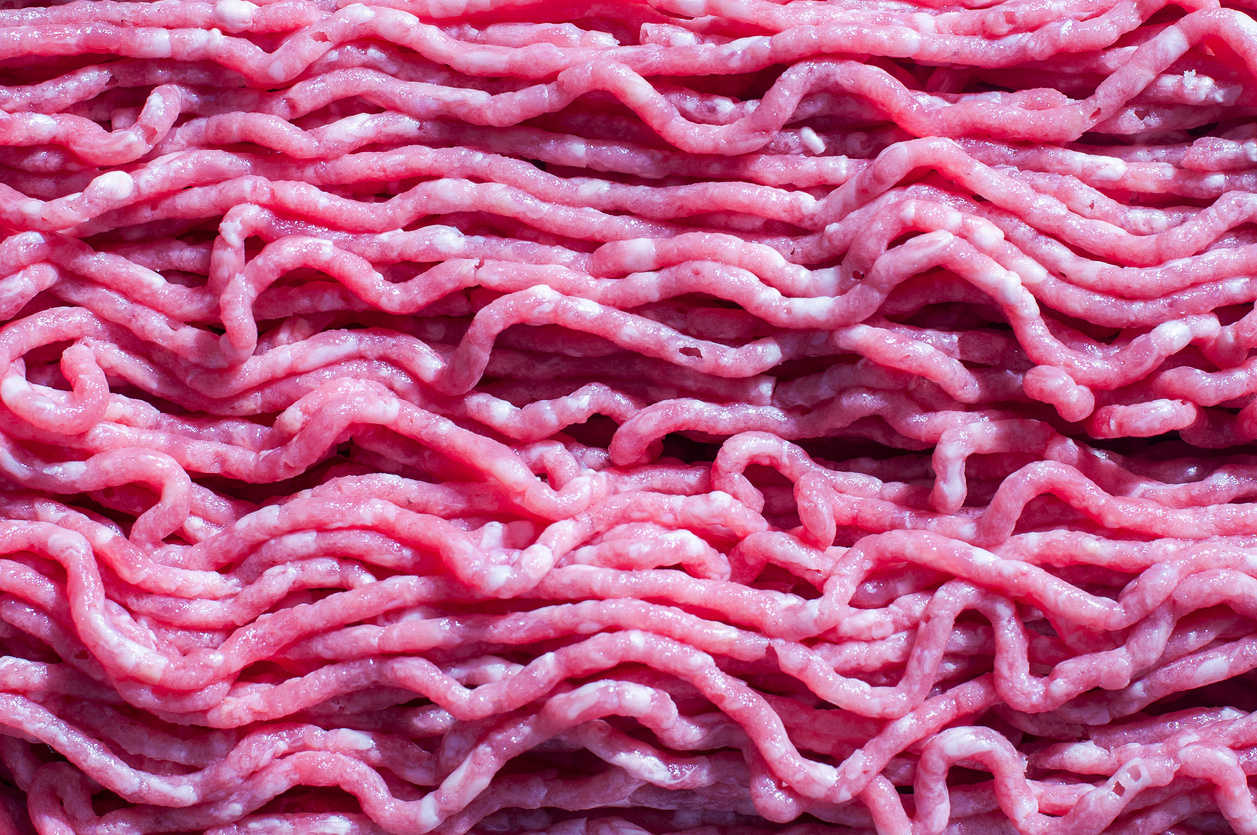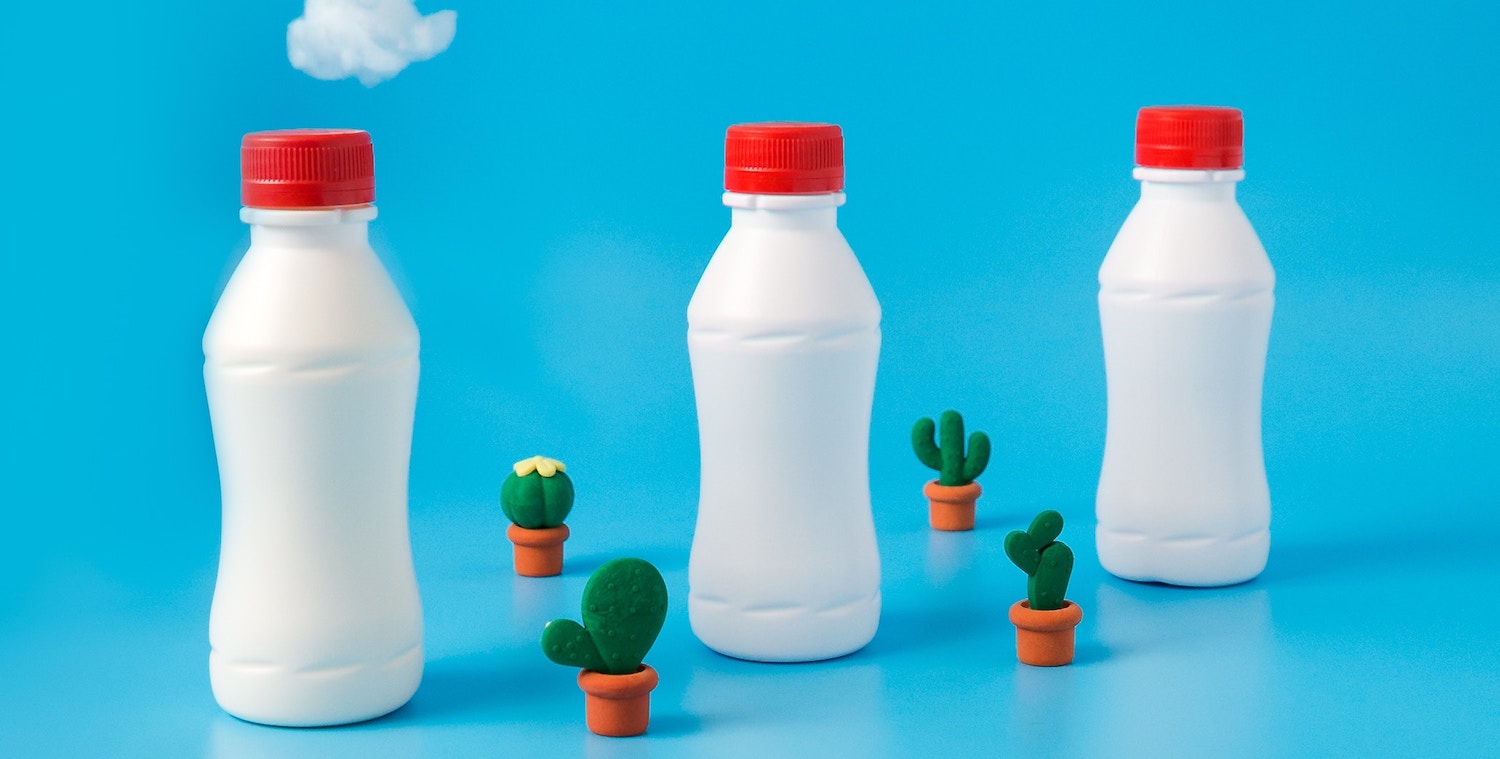The Brewers Association on Tuesday morning released its new certifying seal, an upside-down beer bottle emblazoned with the following designation: “certified independent craft.” By the time program director Julia Herz responded to my email at 1 p.m., more than 200 brewers had already requested to use it on their bottles, cans, tap handles, and marketing materials.
 Brewers Association
Brewers Association The seal is clearly the subject of intense interest in the craft community. But to a casual observer, it may seem a little redundant.
In a Nielsen poll taken last month, 81 percent of craft beer drinkers said “independent” or “independently owned” were the top buzzwords they associated with “craft.” The survey respondents also said that independent ownership was a very high “purchase influencer” at the bottle shop.
The Brewers Association, which has made the seal available free of charge to all independent breweries, including non-members, defines the term this way: a brewery is independent until it sells more than a quarter of its value to an “alcohol industry member that is not itself a craft brewer.”
The certification’s timing is not a coincidence: As we’ve reported before, not all craft breweries are actually independently owned. Since Anheuser-Busch InBev (ABI) kicked off the trend by acquiring Chicago’s Goose Island in 2011, big conglomerates have been buying up smaller brands like the taps are about to run dry. Just last month, ABI purchased North Carolina’s Wicked Weed, and Heineken bought the second half of NorCal’s Lagunitas (it had previously purchased a 50 percent stake in the company).
“Our market has seen a rapid proliferation of ‘faux’ craft beer because of the aggressive acquisition environment of mega beer brands over the past several years. Many of these products no longer represent the anti-establishment craft roots from which they developed their attraction,” said Colby Cox of Roadhouse Brewing Co. in Jackson Hole, Wyoming in an email. “These products are being marketed to consumers as if they continue to represent ethos of independent craft breweries, and the consumer is being shortchanged.”
The new seal is meant to help people figure out what brands aren’t owned by one of the Big Five beer companies which, combined, controlled 82 percent of the market as of 2015. “Beer drinkers vote with their dollars and want to support businesses that align with their values,” wrote Herz in her reply to me.
Adopting the seal gives breweries the chance to simultaneously reinforce their own independence and promote “independent craft” as a term. “As the founder and owner of Three Weavers, I know that people are interested in knowing who owns our brewery but I am rarely asked. Now with the new BA seal, consumers will know that we are an Independent brewery, thus answering the unasked question,” said Lynne Weaver of Inglewood, California’s Three Weavers in an email.
Both brewers I heard from said they plan to use the new logo extensively. Three Weavers will incorporate the seal into its marketing, advertising, and label design. And Roadhouse Brewing plans to use it on six packs, individual bottles, and cases. “It is so much a part of who we are culturally that it can’t be separated from the products we make and sell,” Cox adds.
But why is the bottle in the logo upside-down? According to the Brewers Association, it represents small and independent craft breweries turning the beer industry upside down. But the alternative interpretation might be even more obvious: Bottoms up.
